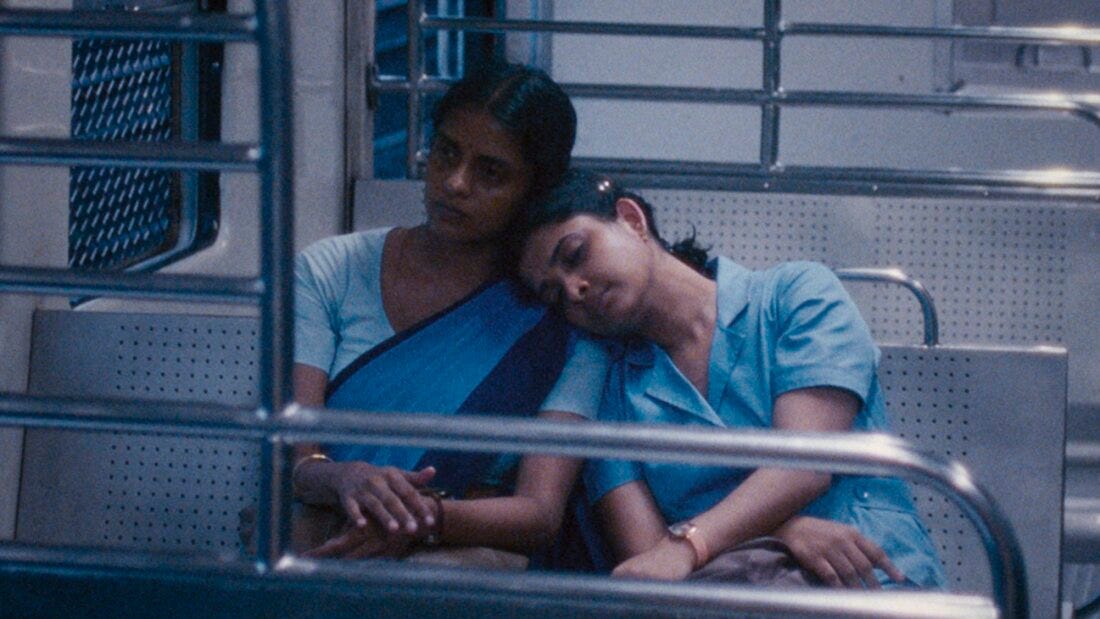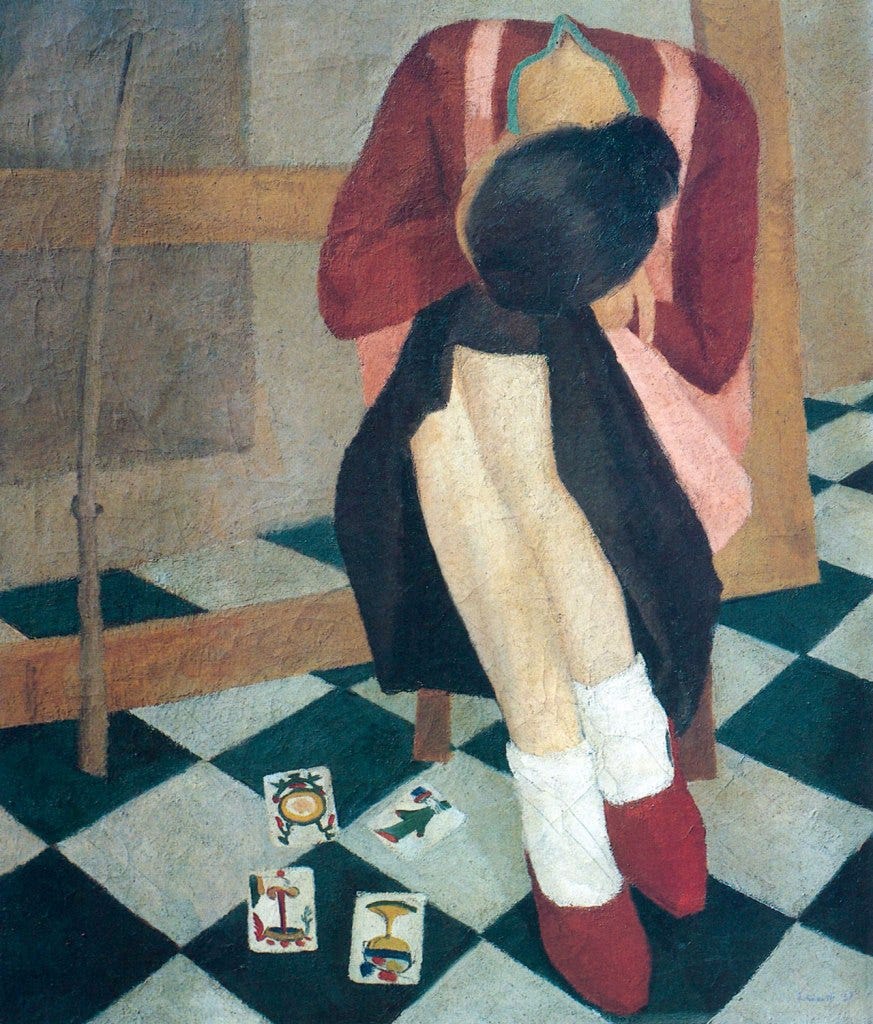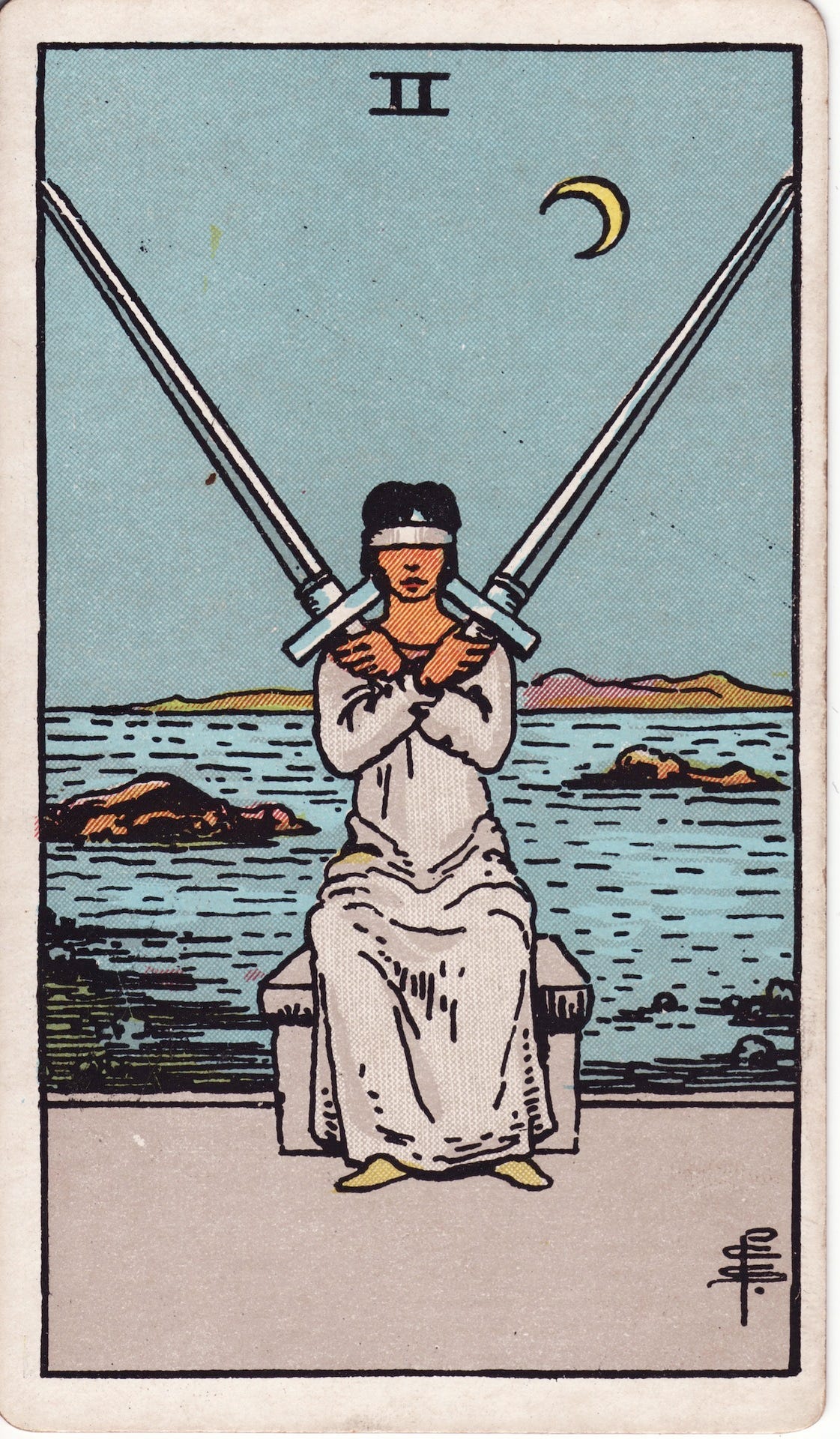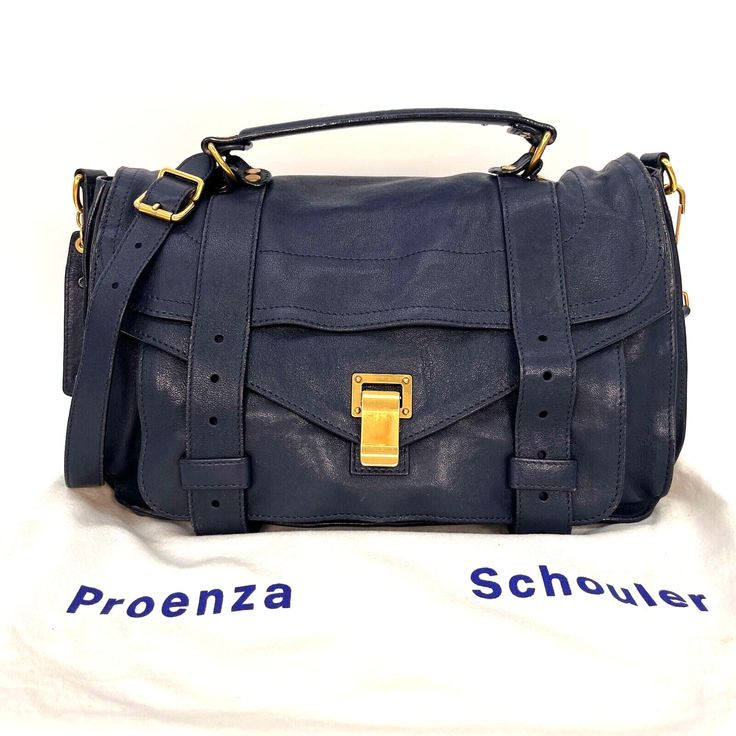I got COVID-19 after three years this month, and I have been thinking a lot about the past decade or so of my life — which I think has come through in some of the sections this month. I know it is already January 1 for some of you reading this but either way — HAPPY NEW YEAR!!
Long-form Content
The Work You Do, The Person You Are by Toni Morrison
I got my first job at 17 mainly because I was so in love with my boyfriend at the time that I figured that working together was the best way for me to be able to see him every day. It was enough for me to eventually check out of the relationship mentally, even though I would hold on to it for much longer. But I grew to love everything that the job brought into my life — my commute on the bus, figuring out how to make my way through a flooded street during monsoon, roadside lunches, and what I now see as the beginning of how I started rooting my work ethic and sense of self.
I have had many different jobs since then but the thread that ties them all together is how they have allowed me to bring things to fruition outside of the hours I worked. In this short article from 2017, Toni Morrison discusses the sense of pride she received from her first job and the dynamic she grew to cultivate between her labor, her life, and her identity. In college, I found myself among extremely ambitious women who defined themselves in their pursuit of more or less the same post-grad opportunities for four years — to the point it became a bigger part of my education than what I was learning in my classes, and an even bigger part of my identity at the time. What I did not realize until I found myself in the world of work were all the ways that I had strayed away from who I used to be before that journey began. It has been through the world of work that I have had the experiences and resources to revisit all the things that sparked my curiosity and creativity as a teenager from a completely different perspective. Beyond the real-world impact of my labor, I hold it with a sense of sanctity for everything else it has enabled in my life.
Like her father’s advice to her in the article, “You make the job; it doesn’t make you“, I have come to realize that navigating how I show up and who I am at work is not just about following a prescribed set of behaviors and etiquette — a trap that took a while for me to get out of being the first generation in my family to enter corporate — but a journey of continuously learning what I can harness from my experiences and from observing others around me, and applying them in a way that allows other parts of my life and my identity to flourish simultaneously.
Film
All We Imagine As Light (2024)
Before 2023, I wasn’t as big of a moviegoer—I don’t remember which movie drastically changed this for me to the point that I was no longer hesitant about going to the movies by myself. All We Imagine As Light took going to the movies to a whole new level for me—it was the one movie that I spent time and money watching at the theater more than once this year (the other movie being Dune: Part Two).
This is a sweet and iridescent movie, and very little about it felt unfamiliar to me, even if it was set in places I had never been to. Prabha, Anu, and Parvaty’s dreams and desires fold into Mumbai's massive, rainy metropolis and thousands of others. I have seen this phenomenon manifest itself in both Kathmandu and New York, two vastly different cities held together by the strength of the belief that its residents devote to the illusions that drew them to these cities and sustained their existence there over time. What Kapadia opened my eyes to with this movie was what lies on the other side of these illusions and how to get there. In their brief getaway from Mumbai, the characters push through these illusions toward their true desires, which, at that point, had transmuted into something sacred and almost mythical — as crystallized in Anu and Shiaz’s encounter in the cave and then the forest, and even more so in Prabha’s encounter with the man who washes ashore. In leaving the city behind for open, raw spaces, however briefly, the three characters access a spirit within themselves that draws their desires and illusions closer than before — Anu by shaping a new reality to return to, Prabha through a different illusion that she lets go of, and Parvaty by rooting herself in a new reality, and with it, perhaps new illusions.
Music
Slow Down by Lucki
My introduction to Lucki was through the song Super Urus, which I stumbled into through a street interview that I saw on TikTok 2 years ago. I got hooked on his discography briefly after that, with a few singles and songs from Watch My Back (2017) and Freewave 3 (2019) making their rounds on my playlists occasionally since then. So when the TikTok algorithm brought me across Slow Down, a song from his sophomore album Body High, it felt like I was meant to revisit his body of work this month.
On the first listen, I found Slow Down to be on an entirely different plane sonically compared to other songs by Lucki that I had been listening to previously, which led me to dig deeper into the Body High album. Body High is an ethereal, almost psychedelic album, and I let it linger in my apartment for at least a day — I kept returning to two songs, Slow Down and Reflections. In Slow Down, Lucki asks his counterpart in the trade to refrain from using his product excessively — a loose attempt at preserving his conscience while continuing to boast his confidence in his product. This dissonance distills itself in the chorus ['cuz you like gettin' high and I like gettin' money / but I don't like jail, so don't overdose on what you get from me] as Lucki continues to ask his counterpart, and maybe even himself, to slow down for him. Delivered in a reassuring but nonchalant tone, Lucki’s plea is a marker of introspection in a song that is otherwise about everything separate from himself.
Art
Il Solitario (The Loner) by Emanuele Cavalli (1936)
When I stumbled across this painting on my Twitter feed, it felt like a mirror being held up to my face. Everything from the pop of red, the forlorn position of the subject, and the tarot cards spread out made this painting from 88 years ago feel so close to a version of digital womanhood that borders between the proliferation of TikTok tarot readers and remnants of the tomato girl aesthetic that went viral last summer.
The tarot spread pictured in the painting — the wheel, ace of wands, ace of swords, and ace of cups — together indicate a turning point of sorts before the beginning of a new chapter or a renewal. With the only missing tarot suit being the pentacles, representing the material aspects of life, the tarot spread points decidedly inwards on multiple levels — swords symbolizing the mental realm, cups symbolizing emotions, and wands symbolizing creative drive. Considering this with the somewhat desolate position of the subject, Cavalli encapsulates the feeling of being stuck in limbo; of an internal landscape where the tools for bringing something into material reality are within reach but not fully grasped yet, as signified by the stick standing beside the subject. The use of red, a color associated with passion, desire, and courage, for the subject’s clothing and shoes speaks to what is missing from that internal landscape as well. This places the painting within the broader visual language of tarot by evoking the Two of Swords card, where the blindfolded figure holds a sword in each hand. signifying that they can free themselves from the blindfold but are choosing not to out of either indecision, fear, or a lack of clarity. As much as the painting signifies introspection and the disconnect between the material and internal worlds, it also evoked for me the notion of digital realms as channels for self-discovery and vessels of our identities — both of which are fed by our lived experiences, even though the digital spaces that we create may not necessarily make their way back into the material realities that we inhabit — and what that might have looked like outside of the digital when the painting was being made.
Wishlist Item
Proenza Schouler PS1 Bag
My introduction to this bag was through a TikTok by Recho Omondi, the host of The Cutting Room Floor podcast (of which I have only listened to the free versions through Spotify, but this is an excellent fashion podcast). Omondi discusses its prominence as the it-girl bag in the mid-2010s compared to its current abundance in the pre-loved market through sites like TheRealReal and the gap between the bag’s retail price and its price in the pre-loved market.
I loved this deep blue shade and gold hardware, in stark contrast with the Cuyana System Tote that I have been eyeing for over a year and saved to my wishlist board on Pinterest, one that I have continuously maintained with various fashion and interior objects for the last two years. As Omondi pointed out the economics of the primary and secondary markets for fashion, I realized that my wishlist served not only as an index of my taste and desires through time but also as a window into how their perceived value might potentially distort over time, whether through market forces or the evolution of my own taste. Omondi describes following fashion as following a sport — but the true sport here is in the procurement of these objects. With the rise of fast fashion and rampant consumerism, I do wonder which of the items on my wishlist will still be desirable and sturdy enough in the pre-loved market a decade from now and what forces, apart from nostalgia and the shifting preferences of my own and the collective, will dictate their value.
Concept
Moving Fast and Breaking Things

Another relic from the mid-2010s — will the age of Aquarius also herald a breakdown of such directives from those at the helm of technology? This article from 2019 proposes an alternative — prioritizing the minimum virtue of a product over its viability, focusing more on stakeholder impact and the importance of regulatory bodies to remain competitive and up to speed. But as the last few years have revealed the systemic costs of putting growth and disruption over governance and deliberation, I do wonder what cracks will be revealed if the focus were to shift from viability to virtuosity — which is often easy to signal — and more importantly, what channels the collective will have, as the end user, for defining and measuring the virtue of a product.
As the year winds down and we find ourselves halfway through a different decade, all I have to say is this:











saving to read tomorrow!